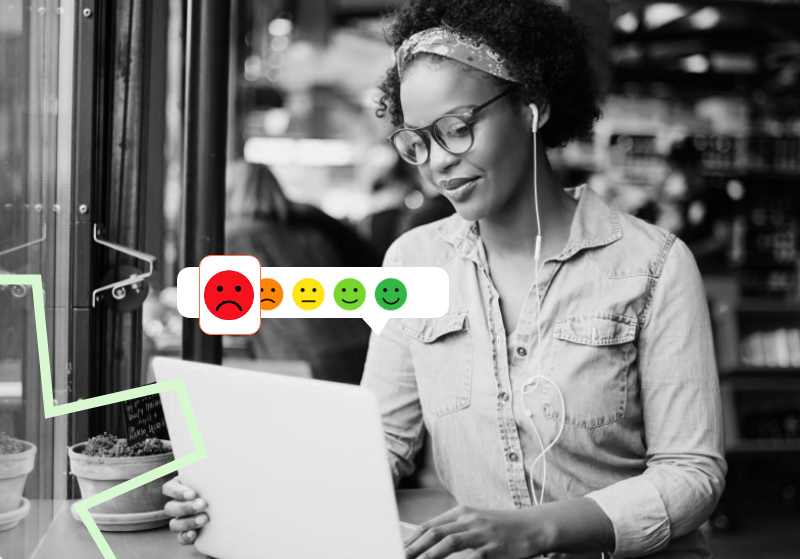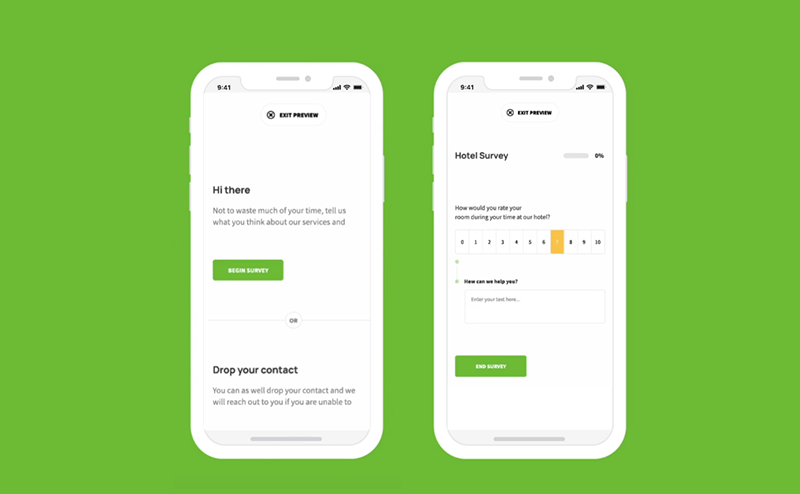There are tons of articles out there about how to use NPS (Net Promoter Score) effectively as a tool that measures how likely your customers are to recommend your product or service to others. It’s a simple question with a 0-10 scale answer: “How likely are you to recommend our company/product/service to a friend or colleague?” The higher the score, the more likely they are to recommend you. And while it’s true that NPS is an important metric for those who want their clients to be happy with the service they receive, there are also some common pitfalls associated with this type of feedback process that newbies should avoid in order to not only achieve success but also customer retention. Here are my four biggest tips on how businesses can avoid making these common mistakes:
1.Asking too soon/too late
Asking for feedback at a time when customers have used your product or service is the best way to get honest, unbiased opinions. It’s also important not to impose deadlines on them. If you ask for feedback right after launching an initiative, it could be seen as pushing it too early and could give rise to questions about whether you really care about their opinion or not. Customers should be allowed enough time to use your products or services and form their opinions before being asked if they would like to recommend the brand or not to another person.
2.Asking the same people over and over again
Asking the same people over and over again is a huge mistake. You don’t want to annoy your customers, so if you ask the same person for their details again, chances are they’ll be annoyed by that. More importantly, though, if a customer has already given you their contact information (like an email address), then there’s no reason for them to re-enter it into your system—and this could lead to some serious security issues if someone else gets access before they do! You also don’t want to flood your customers’ emails with the same question over and over again. This will make them less likely to take the survey or provide honest answers to your questions, as well as give off negative vibes that might turn people off from visiting your website/app/etcetera further down the line – which would mean losing sales opportunities altogether! If someone has already given you a rating based on their experience with your product or service, it doesn’t mean they won’t give you another one. Add an attribute in your CRM or survey software that helps you control the frequency of the survey you send to each customer.
3.Not knowing how to follow up on NPS responses
A common mistake is not following up with the customers who provided positive feedback. You should send an email or call or chat message to let them know that you’ve been thinking about them, and see if they’d like to participate in some future conversations with your company.
Another mistake is not following up with negative reviews. This can be tricky because there might be something that went wrong during the installation or at delivery time (like an incorrect address) or something about their experience that wasn’t what they expected (like the quantity of food). In order for your staff to understand how their actions could have improved this situation, take some time during the next week or two—or even months—to brainstorm ideas on how best to handle future situations like this one.
4.Being an NPS score chaser
If you’re obsessed with NPS, the chances are good that you will be tracking your score. But don’t worry—that doesn’t mean you should spend all of your time obsessing over it. The real growth power of NPS is in building authentic relationships with your customers after they take the survey. The follow-up responses are more important than the overall score because they give you insights into what your customers really think about your company. NPS is never about the score itself. It’s the system that matters. By focusing on the follow-up responses, you can get the most out of NPS and create lasting relationships with your customers. Because at the end of the day, NPS is never about the score itself. Just like any other metric, there are a few things to keep in mind:
NPS isn’t an end-all metric for customer loyalty (aside from being able to measure it). It’s only one piece of information about customers and their experience with a company or product. In fact, some marketers use other factors such as AOV (average order value), MRR (monthly recurring revenue), ARPU (average revenue per user), CACR/CPA ratios, and others when determining if they should invest in building out their marketing efforts or not.* If someone gives high ratings on everything but still leaves because they aren’t happy with the service received then perhaps there is something wrong. Maybe it’s worth finding out what went wrong so that next time around everything can go smoothly!
By following best practices for NPS surveys, you can obtain valuable insights into your customers’ experience and use that information to improve your business. Remember, you may be working with your customers for a few months or even years. It’s important that you don’t take their feedback for granted! Don’t be an NPS score chaser and ask people who have already tried your product/service how they feel about it; instead, try to learn from every customer interaction so that when they leave positive reviews online or share their story with friends, you’ll know exactly why.”




